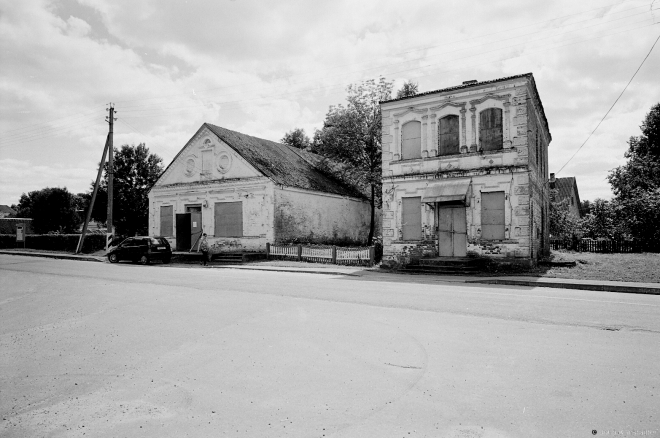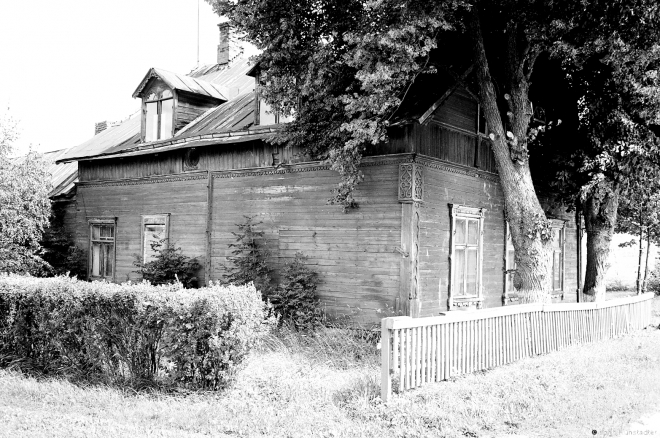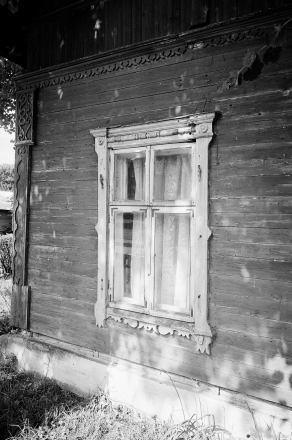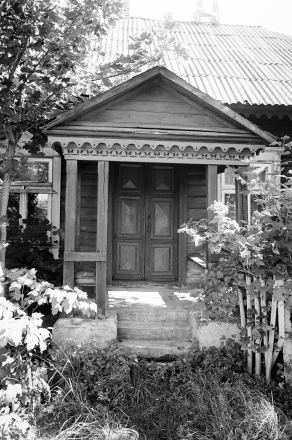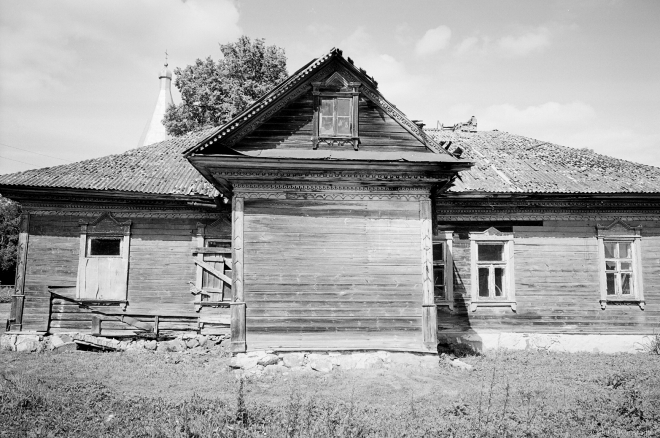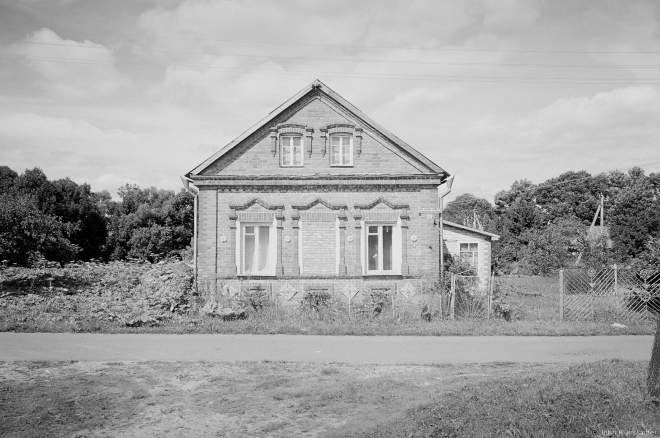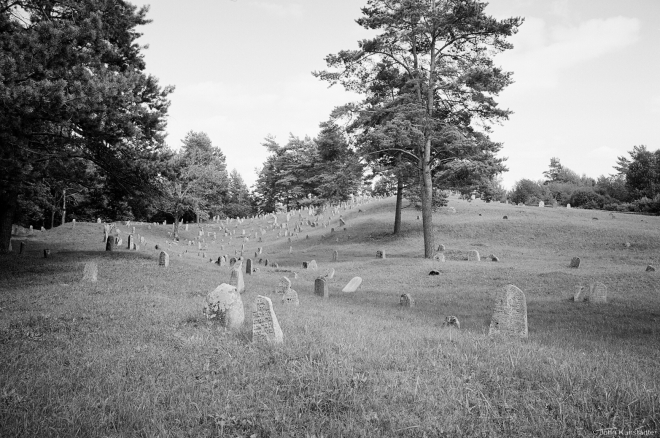Architectural patrimony of Belarus: expedition to the northern districts of Mjory and Braslau led by Anton Astapovich, chairman of the Belarusian Association for the Preservation of Historical and Cultural Monuments.
Спадчына Беларусі: вандроўка па Мёрскім і Браслаўскім раёнах з Антонам Астаповічам, старшыням Беларускага дабраахвотнага таварыства аховы помнікаў гісторыі й культуры.
Part V/VIII: Druja town fabric: vernacular architecture and Jewish cemetery. Частка V/VIII: Друя: горадабудаўнічы ансамбль і жыдоўскія могілкі.
Commercial buildings (late 19th or early 20th century) on the town square. Judging by their style, brick construction, and placement, these buildings would have been built by Jewish merchants, and would have belonged to them until World War II.
Камяніцы на рынку (канец 19-а – пачатак 20-а ст.).
Houses with carved decorative elements (early 20th century). Дамы з выразанымі ўпрыгажэньнямі (пачатак 20-а ст.).
Brick house. Again, by its materials and style, this house would most likely have been Jewish-owned until World War II.
Камяніца.
Like all other towns and cities in the Russian empire’s imposed Pale of Settlement, Druja had a large Jewish community. By at least one account there were 1,500 Jews in Druja in 1939, almost half the town’s population. This community was destroyed in the mass murder of Jews under the Nazis’ policy to subjugate or annihilate the nations and other peoples living in the territories they invaded and occupied during World War II: at most sixty of Druja’s Jews survived (see http://www.eilatgordinlevitan.com/druya/druya.html ).
Jewish cemetery (begun in the 18th century). There are two reasons for the empty spaces in this and other Jewish cemeteries in the greater region. First, German occupiers in World War II used Jewish gravestones to pave roads. After repelling the Germans and re-occupying Belarus, Soviet authorities also allowed use of Jewish gravestones as building material. Second, many Jewish families who emigrated during a renewed wave of Soviet anti-Semitism in the Brezhnev era took gravestones with them to maintain a tangible link with their forbears.
Жыдоўскія могілкі.
